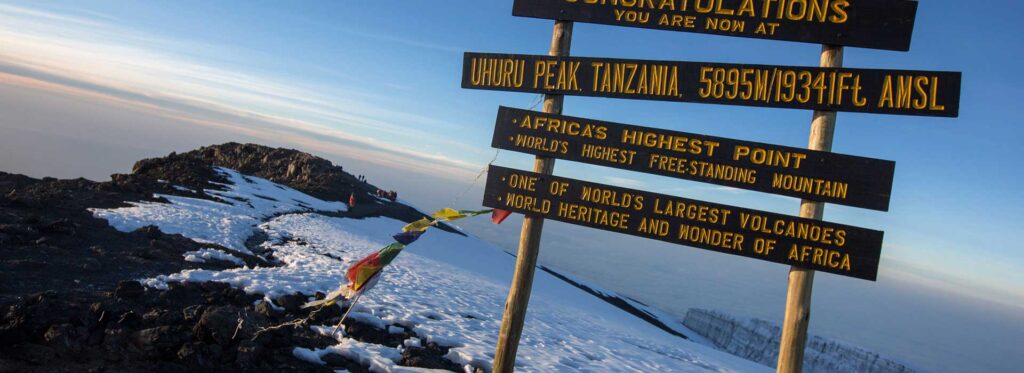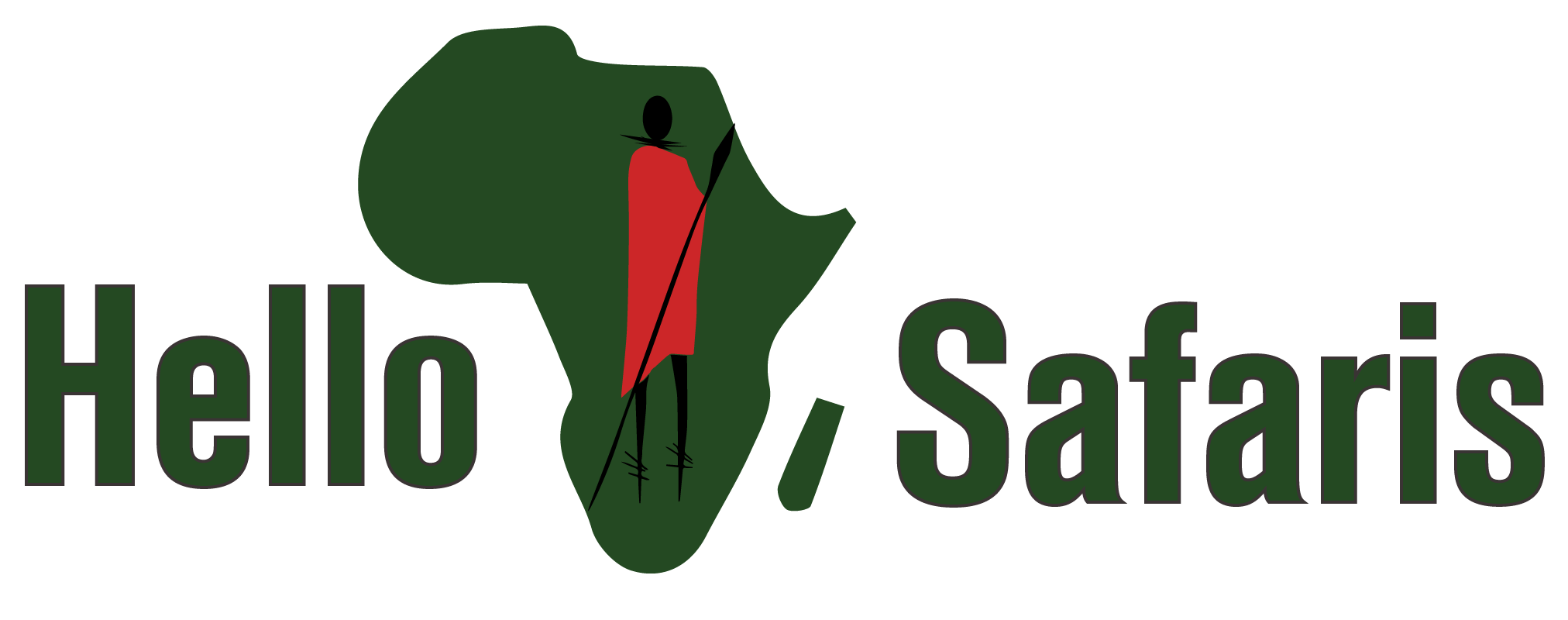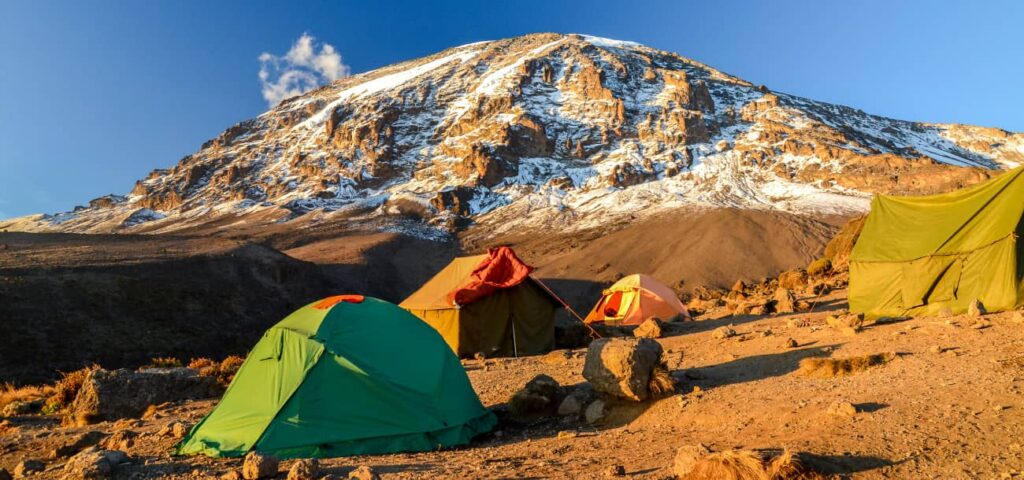Machame Route
The Machame route, also known as the Whisky Route is one of the most scenic and recommended routes on Kilimanjaro. This popular route with paths through magnificent forests to gain a ridge leading through the moorland zones to the Shira Plateau.
It then traverses beneath the glaciated precipices of the Southern Ice fields to join the Barafu Route to the summit. Because it can be done over longer periods and the incline is more manageable it has a much higher success rate of summit.
Itinerary - Summury
6 - Days Trekking
- Day 1: Machame Gate to Machame Camp
- Day 2:Machame Camp to Shira 2 Camp
- Day 3:Shira 2 Camp to Lava Tower
- Day 4:Barranco Camp to Barafu Camp
- Day 5:Barafu Camp to Uhuru Peak
- Day 6:Mweka Camp to Mweka Gate
Day - Day Itinerary
Day 1: Machame Gate to Machame Camp
-Elevation: 5,380 ft to 9,350 ft meters(1800m to 3000m)
-Distance: 11 km/7 miles
-Hiking Time: 5-7 hours
-Habitat: Rain Forest
The drive from Moshi to the Machame Gate takes about 50 minutes. The journey passes through the village of Machame which is located on the lower slopes of the mountain. As we leave the park gate, we walk through the dense rain forest on a winding trail up a ridge until we reach the Machame Camp.
Day 2:Machame Camp to Shira 2 Camp
-Elevation: 9,350 ft to 12,500 ft meters(3000m to 3800m)
-Distance: 5 km/3 miles
-Hiking Time: 4-6 hours
-Habitat: Heath
We leave the glades of the rain forest and continue on an ascending path up to a steep, rocky ridge. On the Shira Plateau, we pass through heather and open moorlands, then cross a large river gorge to Shira 2 Camp.
Day 3:Shira 2 Camp to Lava Tower
-Elevation: 12,500 ft to 15,190 ft meters(3800m to 4600m)
-Distance: 7 km/4 miles
-Hiking Time: 4-5 hours
-Habitat: Alpine Desert
Lava Tower to Barranco Camp
-Elevation: 15,190 ft to 13,044 ft meters(4600m to 3900m)
-Distance: 3 km/2 miles
-Hiking Time: 2-3 hours
-Habitat: Alpine Desert
We continue to the east up a ridge and then head southeast towards the Lava Tower – a 300 ft tall volcanic rock formation. We descend down to Barranco Camp through the strange but beautiful Senecio Forest to an altitude of 13,000 ft. Although you begin and end the day at the same elevation, the time spent at higher altitude is very beneficial for acclimatization.
Day 4:Barranco Camp to Barafu Camp
-Elevation: 13,044 ft to 15331ft meters(3900m to 4600m)
-Distance: 5 km/3 miles
-Hiking Time: 4-5 hours
-Habitat: Alpine Desert
We begin the day by descending into a ravine to the base of the Great Barranco Wall. Then we climb the non-technical but steep, nearly 900 ft cliff. From the top of the Barranco Wall we cross a series of hills and valleys until we descend sharply into Karanga Valley. One more steep climb up leads us to Karanga Camp for hot lunch and soon after hot lunch we will proceed ascending for 3 hours to reach Barafu camp
Day 5:Barafu Camp to Uhuru Peak
-Elevation: 15,331 ft to 19,341 ft meters(4600m to 5895m)
-Distance: 5 km/3 miles
-Hiking Time: 7-8 hours
-Habitat: Arctic
Uhuru Peak to Mweka Camp
-Elevation: 19,341 ft to 10,065 ft meters(5985m to 3000m)
-Distance: 12 km/7 miles
-Hiking Time: 4-6 hours
-Habitat: Rain Forest
Very early in the morning (around midnight), we begin our push to the summit. This is the most mentally and physically challenging portion of the trek. The wind and cold at this elevation and time of day can be extreme. We ascend in the darkness for several hours while taking frequent, but short, breaks. Near Stella Point (18,900 ft), you will be rewarded with the most magnificent sunrise you are ever likely to see coming over Mawenzi Peak. Finally, we arrive at Uhuru Peak- the highest point on Mount Kilimanjaro and the continent of Africa.
From the summit, we now make our descent continuing straight down to the Mweka Hut camp site, stopping at Barafu for lunch. The trail is very rocky and can be quite hard on the knees; trekking poles are helpful. Mweka Camp is situated in the upper forest and mist or rain can be expected in the late afternoon. Later in the evening, we enjoy our last dinner on the mountain and a well-earned sleep.
Day 6:Mweka Camp to Mweka Gate
-Elevation: 10,065 ft to 5,380 ft meters(3000m to 1650m)
-Distance: 10 km/6 miles
-Hiking Time: 3-4 hours
-Habitat: Rain Forest
On our last day, we continue the descent to Mweka Gate and collect the summit certificates. At lower elevations, it can be wet and muddy. From the gate, we continue another hour to Mweka Village. A vehicle will meet us at Mweka Village to drive us back to the hotel in Moshi for hot shower.
Included
- Transfer from your arrival and to your departure
- Car type of Land Cruiser with open roof and other facilities for Tourism
- Three meals per day and two liters of Mineral water
- All Entrance fees during the Safari
- Local Guide
- All accommodations at the mountain
- All accommodations in town (Only Bed and breakfast)
Excluded
- International Flight from your beloved Country
- International Insurance
- Airport taxes
- Shopping, Alcohol, Souvenirs and etc
- Tips for Driver Guide & Assistants Guide


